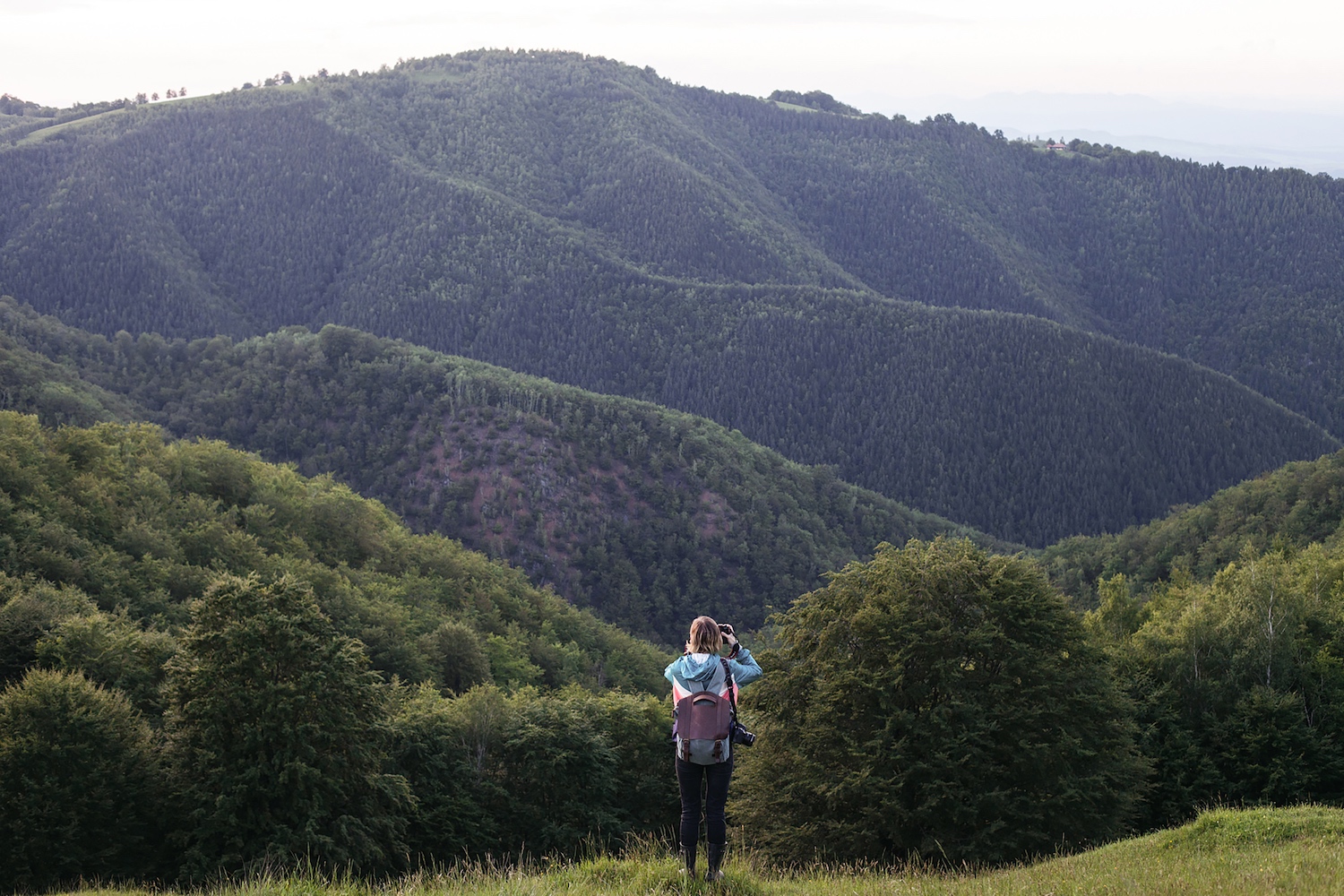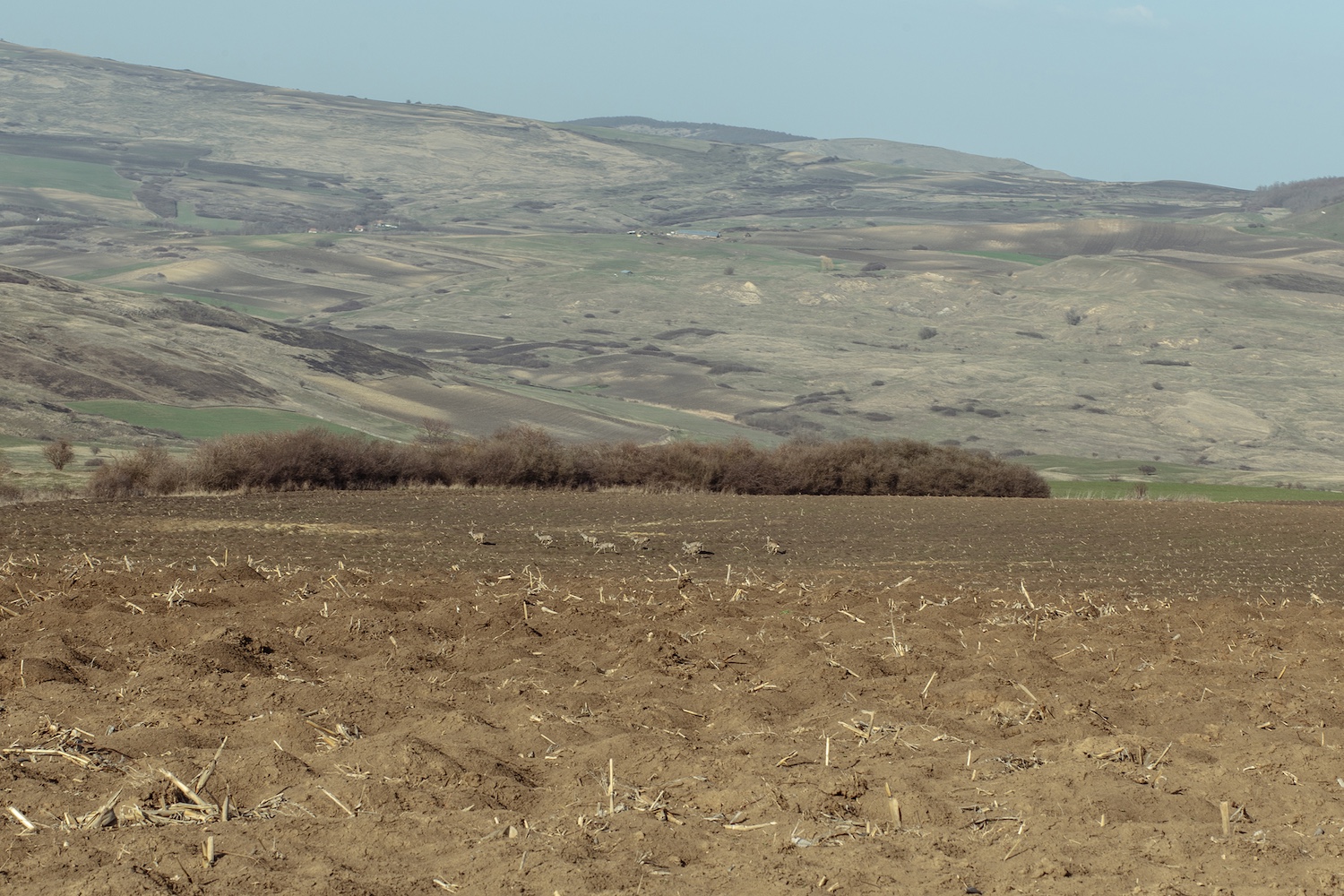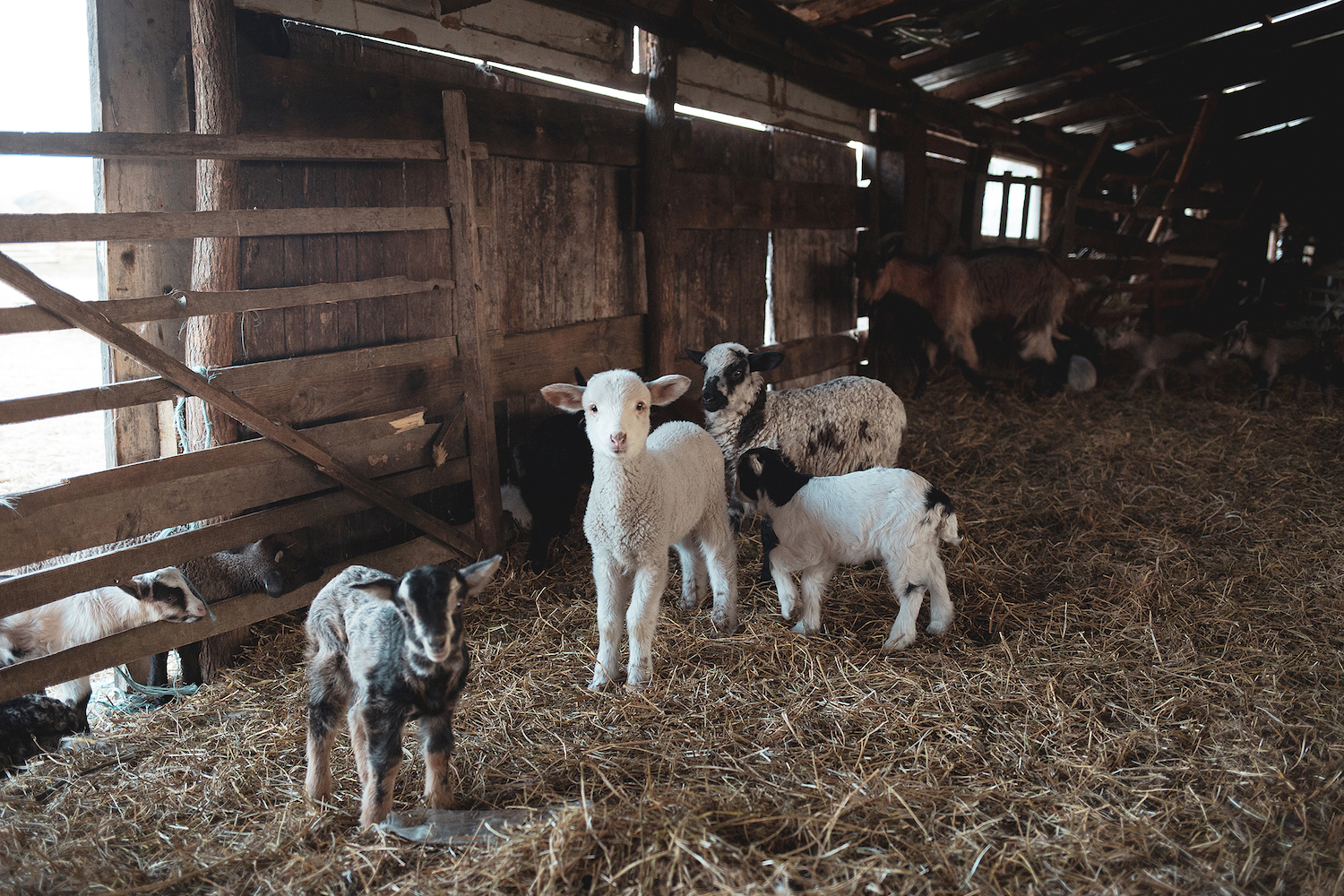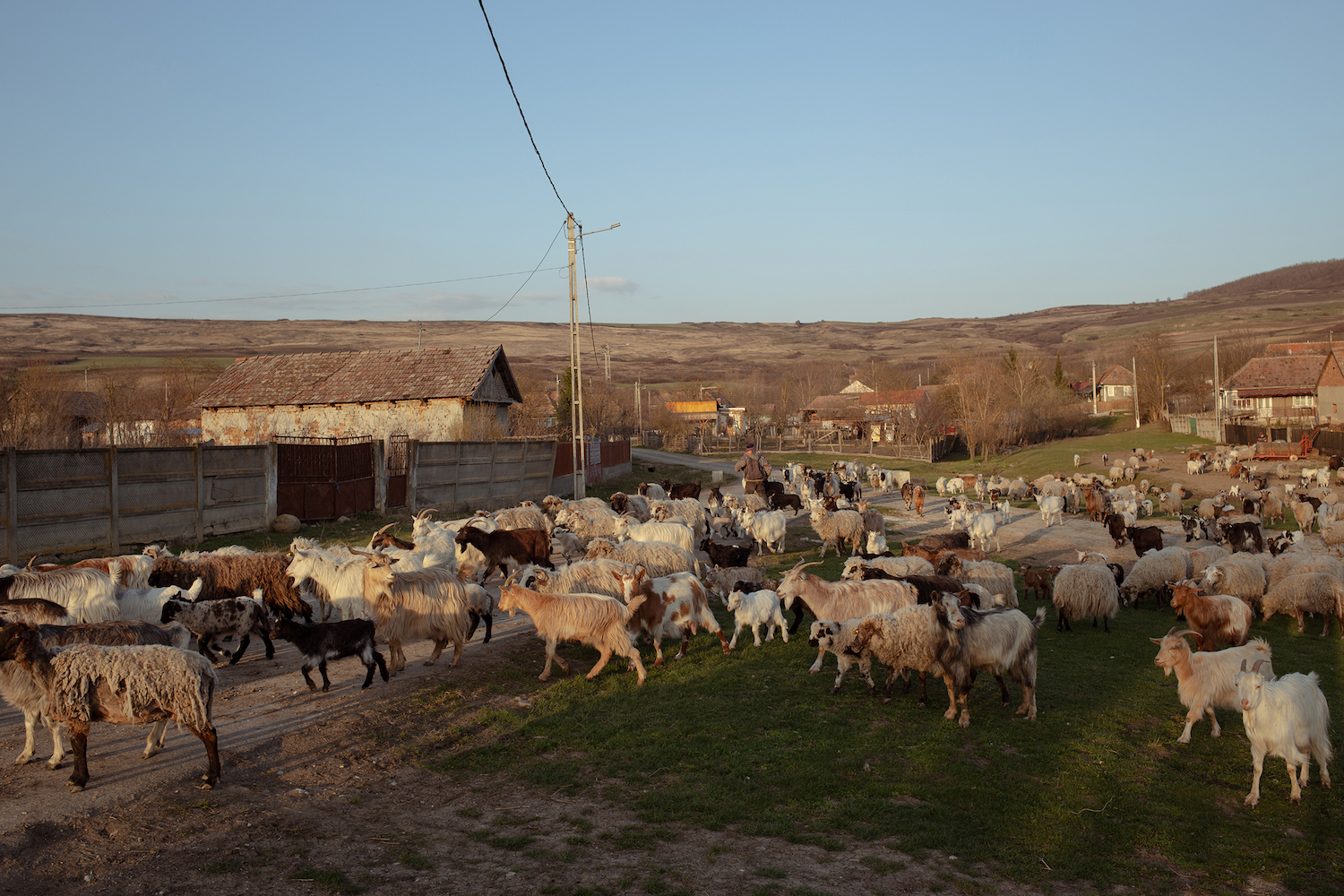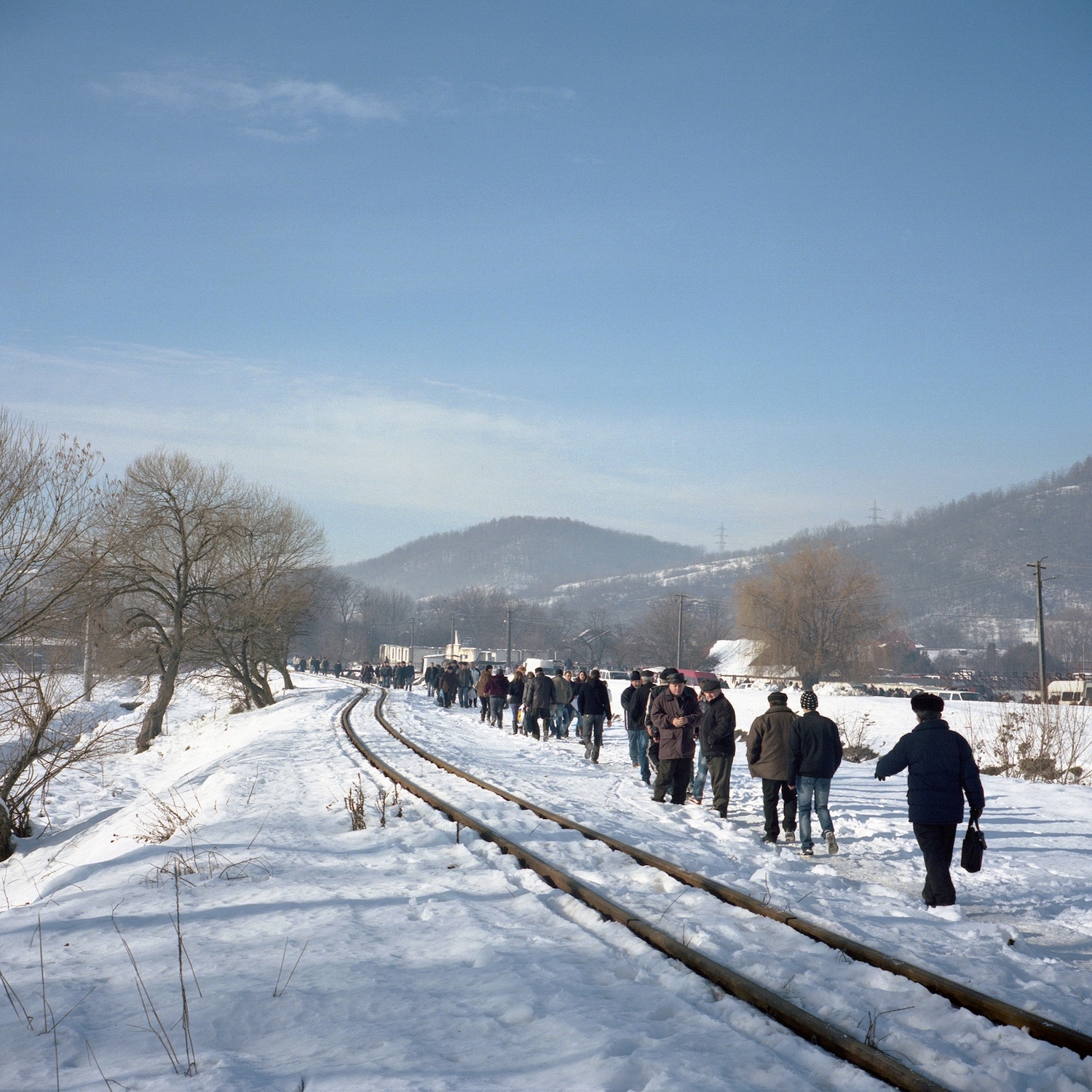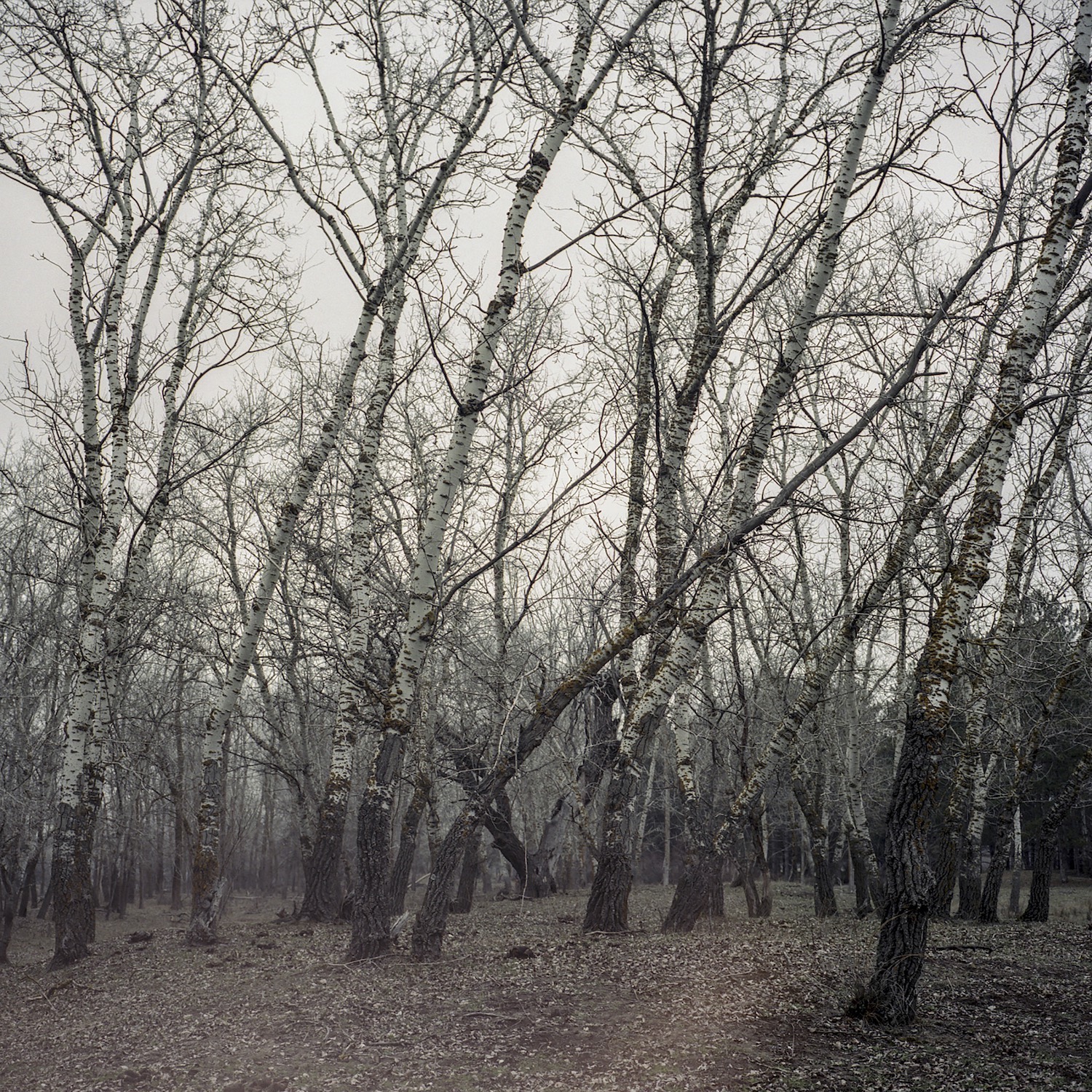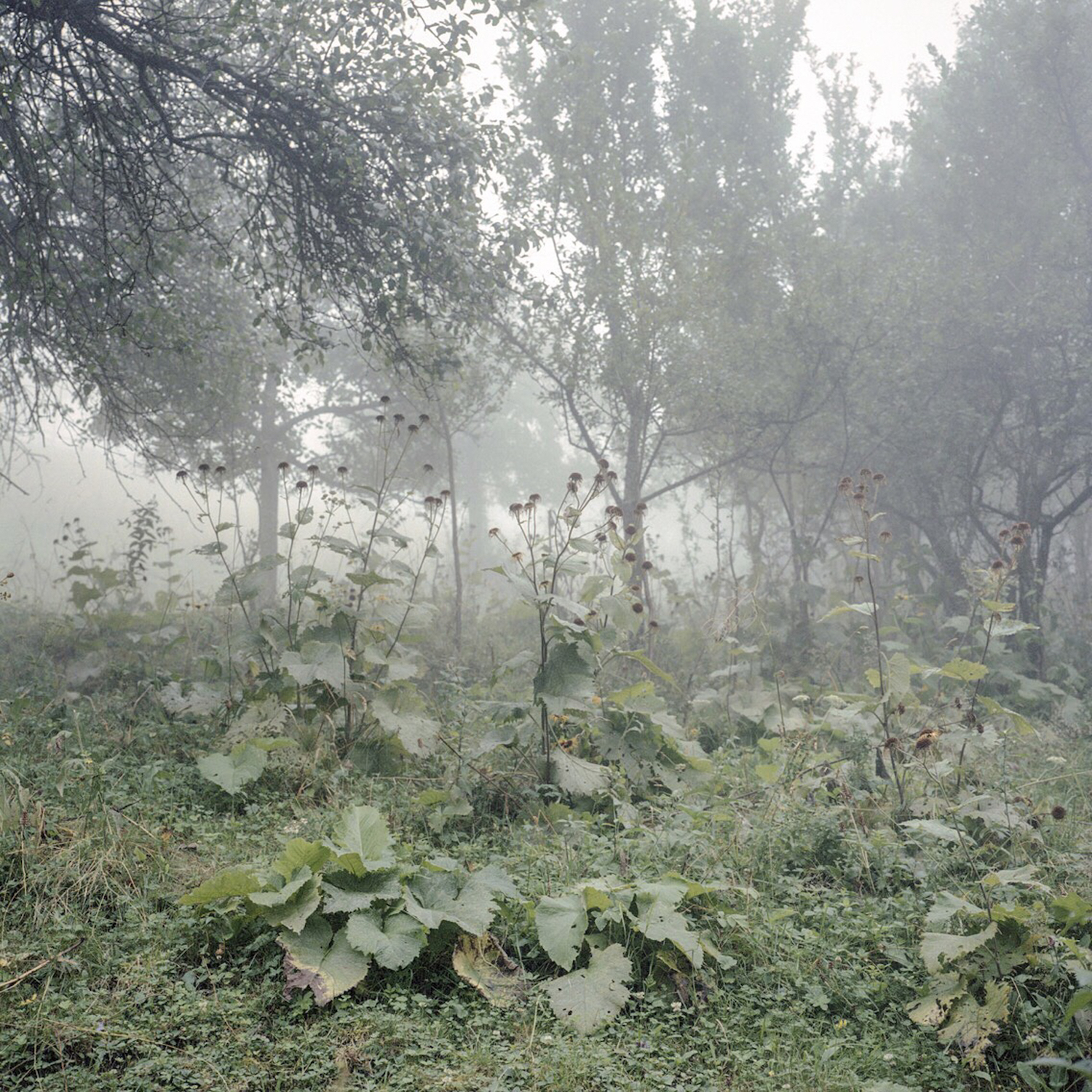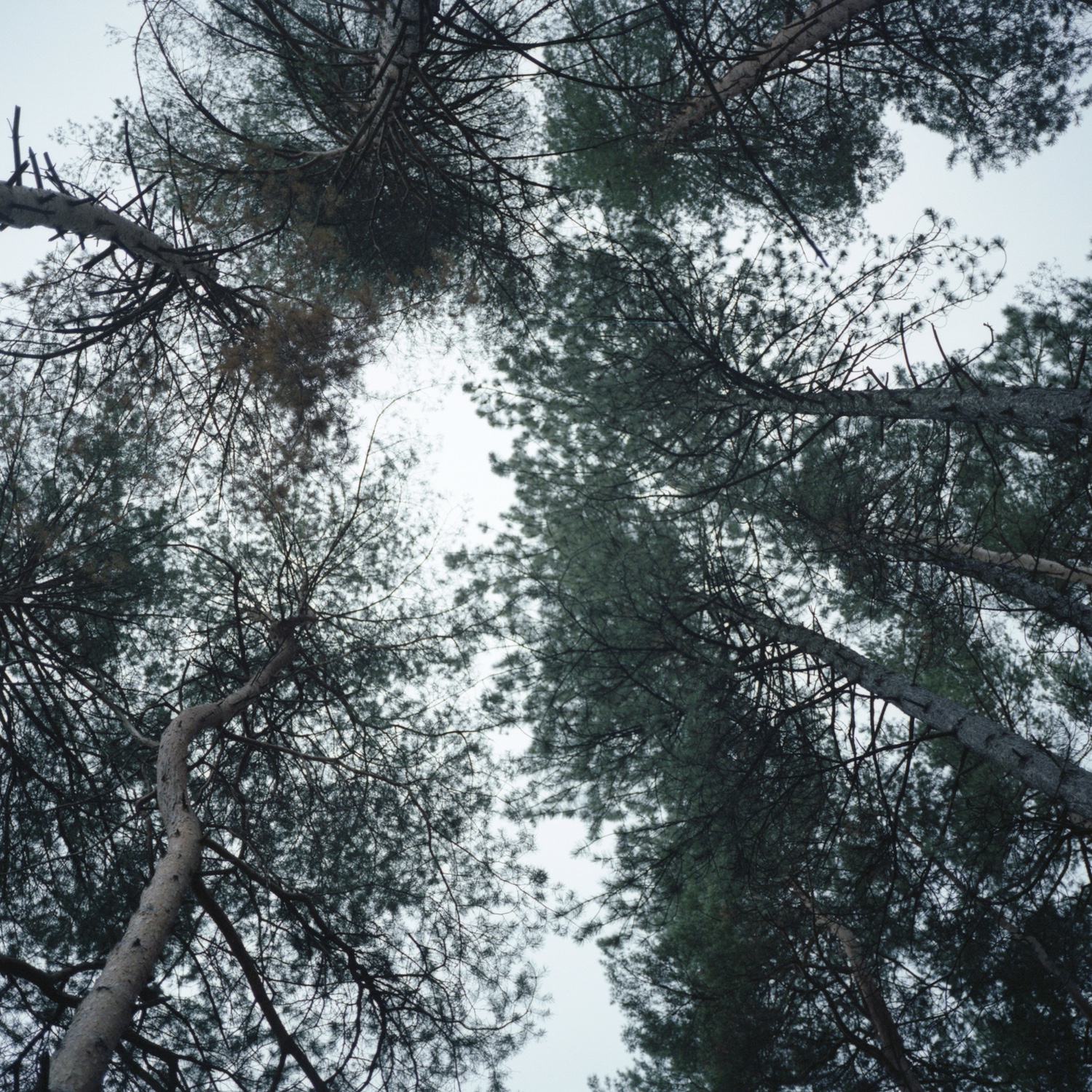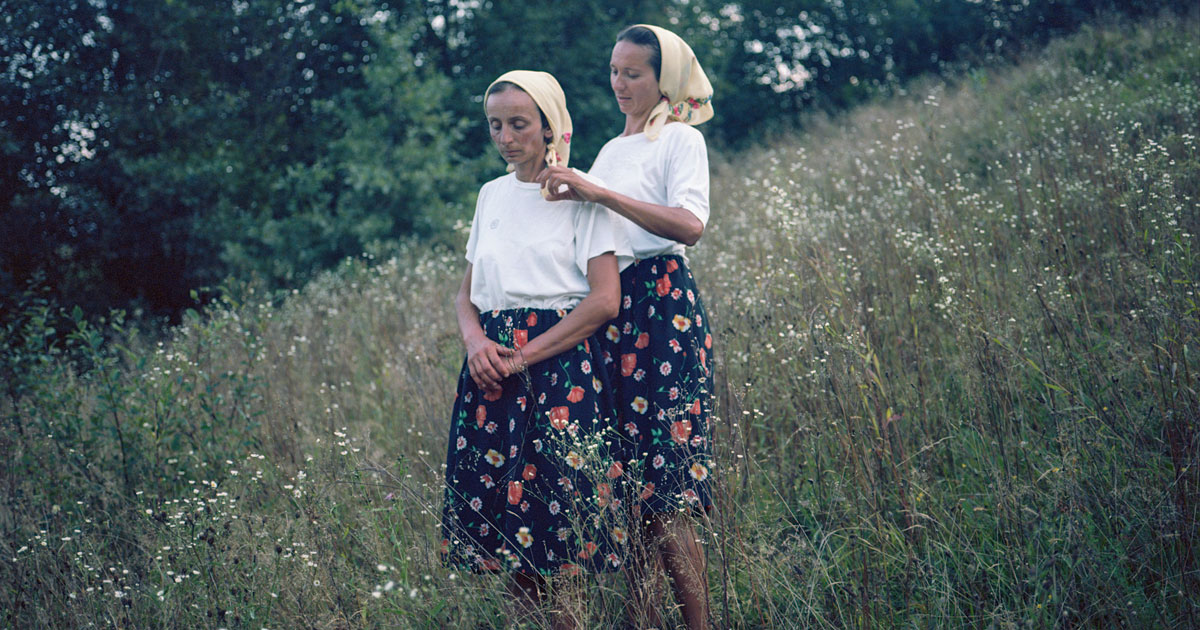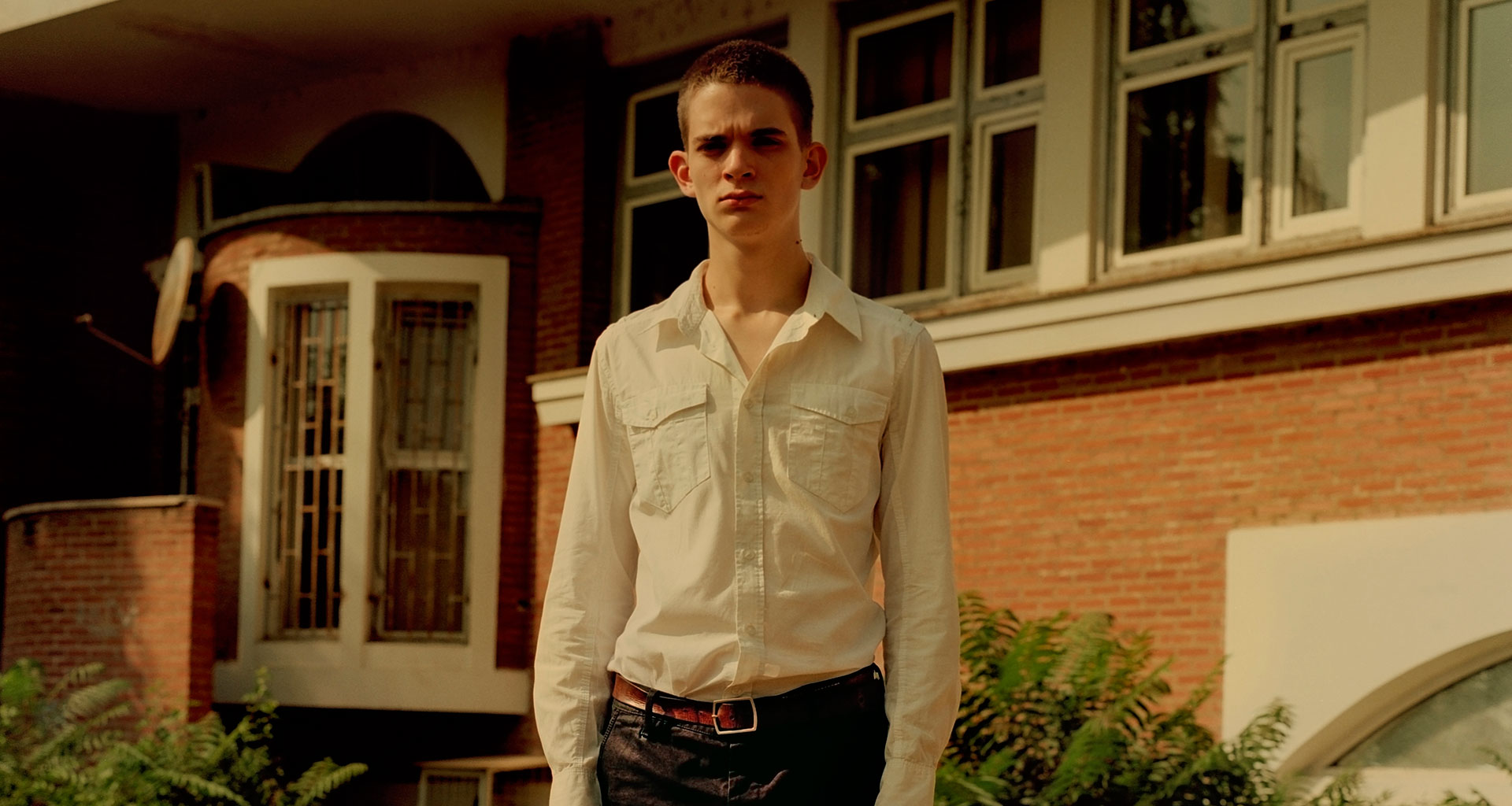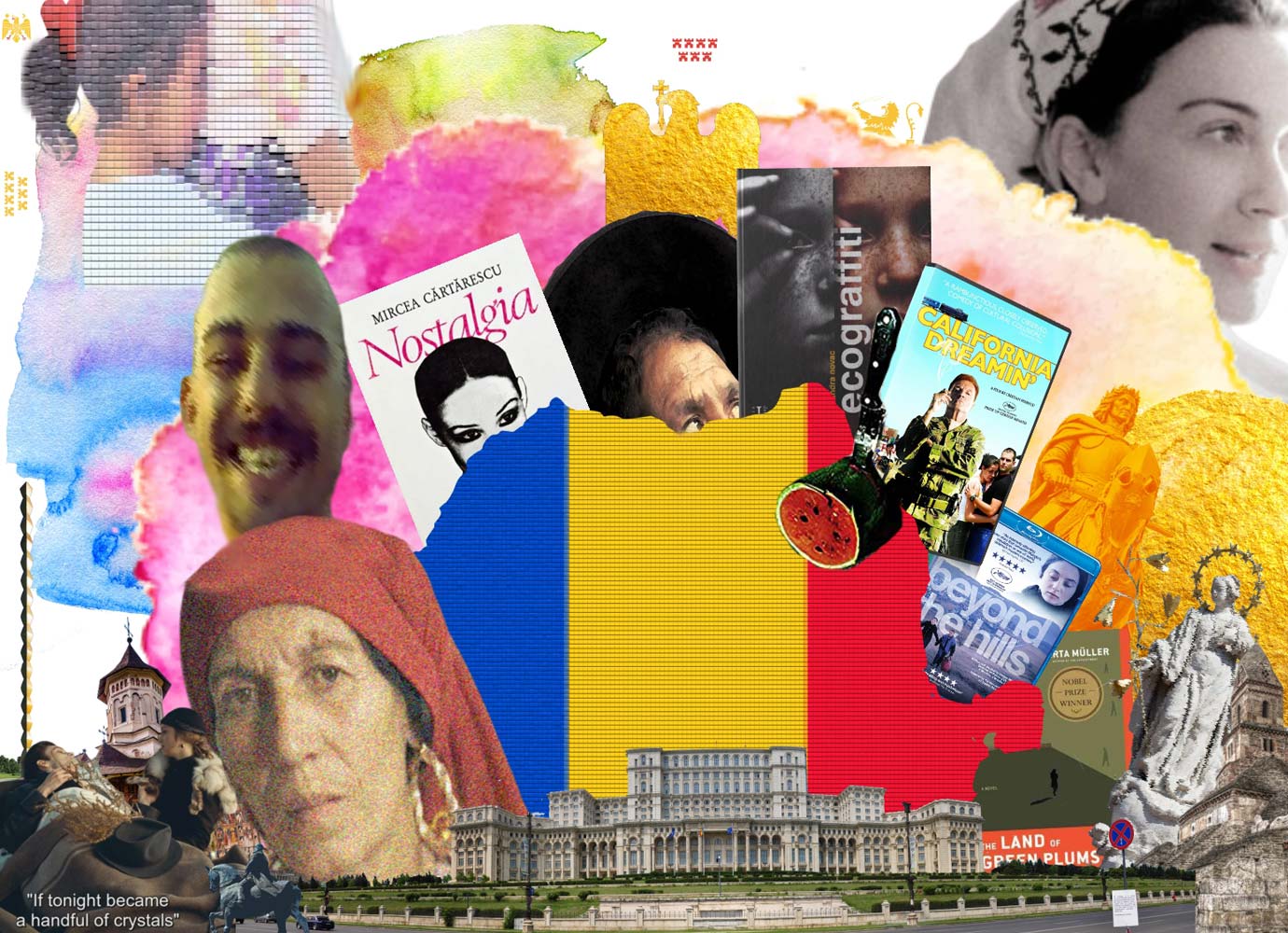The year of staycations: how one photographer swapped Bucharest for a life in the mountains
For those lucky to stay healthy and mobile, 2020 has been the year of staycations, and rediscovering one’s own country anew. Since the start of the pandemic, some artists living in Romanian cities have moved into family homes in villages and smaller towns, or rented traditional rural houses. Born and bred in Bucharest, over the course of the pandemic Ioana Cîrlig relocated to a small mountain town called Teiuș, near the Apuseni Natural Park in north-western Romania.
Having travelled a lot over the past few years, this was the first time when Cîrlig had to spend a prolonged period of time in one place. “It was unnerving,” she told The Calvert Journal, “as I have always felt myself being on the move. But this year we had no choice but stay in one spot.” It worked out well, however, for a few months.
“For me, life close to nature is the only one that makes sense, and mountain people seem to me to be luckiest,” Cîrlig says. “I feel that they have a certain freedom that I can only mimic,” she adds. But, although she describes her childhood in a tower block “unrealistically dull”, she doesn’t feel like she belongs to the woods either — “not like the wonderful women I met during my travels’‘. She was inspired by the women living in the Apuseni mountains she describes as fearless and autonomous, and not afraid to live alone. They know every corner of the woods, grow vegetables in their gardens, raise animals, and find solace in singing on the hills, with their sheep, when they feel unwell.
While based in Teiuș, a small town of 7,000, with its mix of 19th century structures and new builds, Cîrlig visited the surrounding mountain villages. These are sparsely populated — here and there, small peasant houses sit in the valleys, with elaborate stacks of hay in each garden, and herds of sheep lazily eating forb or grass. It’s not unusual to find a small house perched on top of a hill on its own, like straight out of a fairytale. Being in the mountains, with access to clean water which could be enjoyed directly from the source, has made the photographer reconsider urban life. “I now see the city, with its polluted air and big ego, as an experiment — something I was trapped in but somehow escaped,” she says.
Adapting to life in nature was not without its trials and errors. “I had to overcome my fears,” she admits. Bears can be found in part of Romania, Cîrlig says she has spotted them from a distance a few times — on those occasions, they were the first ones to flee. “They feel you and they go away,” she says.
Hikes in the woods soon replaced walking laps of the park. The photographer is making a conscious effort to reduce screen time, yet her routine hasn’t changed much. “I learned to let go of everything my childhood in the city taught me about comfort and understand less destructive ways to live for both myself and the planet.”
“I was surprised by how quickly I got used to the cold,” she adds. “Because, on the other hand, I received trees, mountains, and fresh air in exchange.” Living with her partner, Cîrlig dreams that one day, she’ll be able to buy her own home in the woods.
After her two months stay around Teiuș, Cîrlig travelled across country, for six more months, crossing the Carpathian mountains, visiting the Dobrogea region by the Black Sea, and the Danube Delta — the best preserved river wetland in Europe, and home to otters, minks, ermines, enot dogs, and jackals, as well as marshes, rivers, lakes, and reed islands. The travels inspired Cîrlig to take an interest in photographing wildlife.
In December, she travelled to the Herculane baths, in the south-east of the country, a natural spa in the mountains that offers hot springs of sulphur, chlorine, sodium, calcium, and other minerals. With 5,000 inhabitants, the Herculane baths have been a health retreat for the aristocracy since the 19th century and were open to mass tourism during communism. But Cîrlig moved here to be with her new partner: “I like the place, and I fell in love, and he is based here.”
For Cîrlig, settling into a new location for a few months helps to rekindle creativity. “It’s a great privilege to be able to truly live in a new place, with its stories, landscapes, and smells, with new people who spoil me by welcoming me into their lives.”
